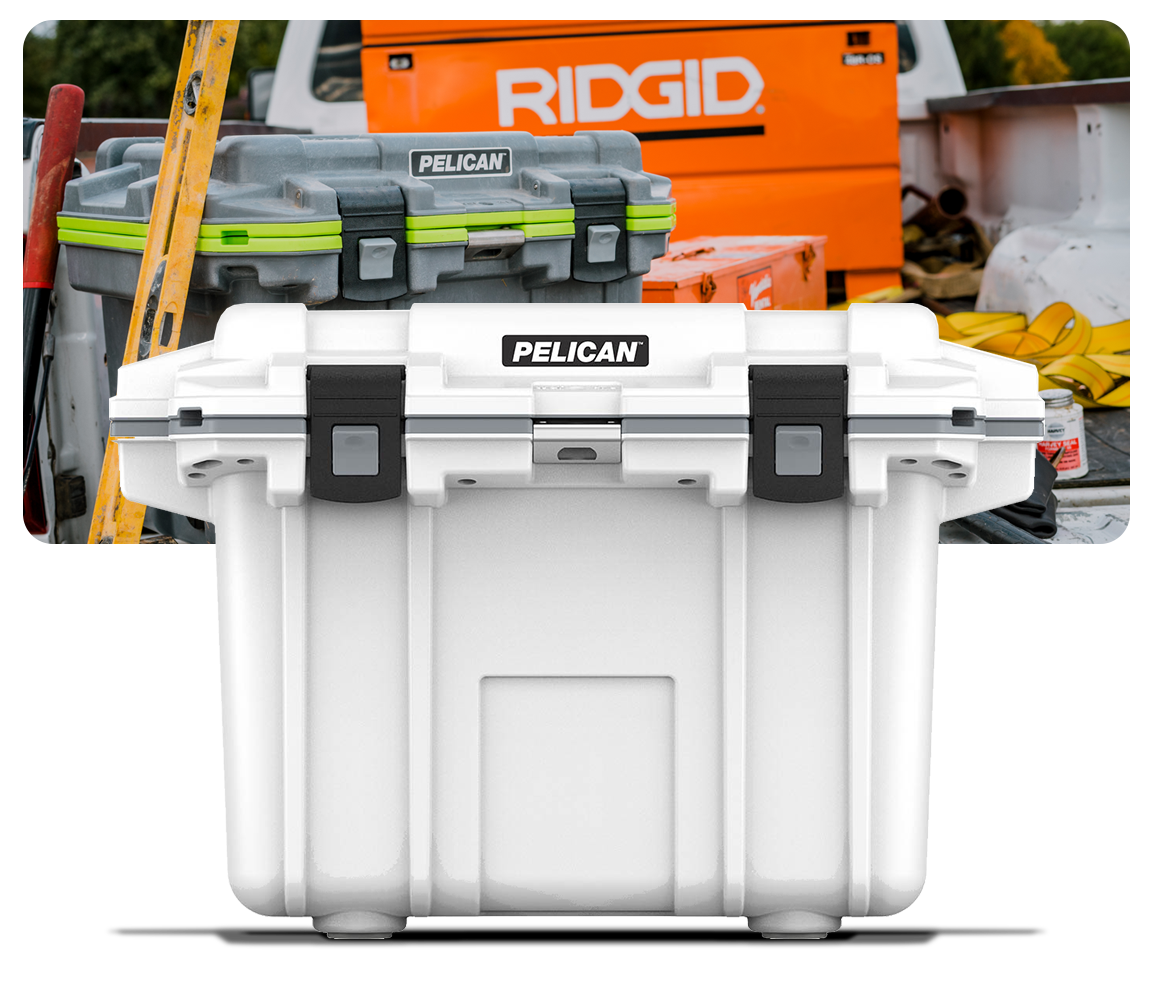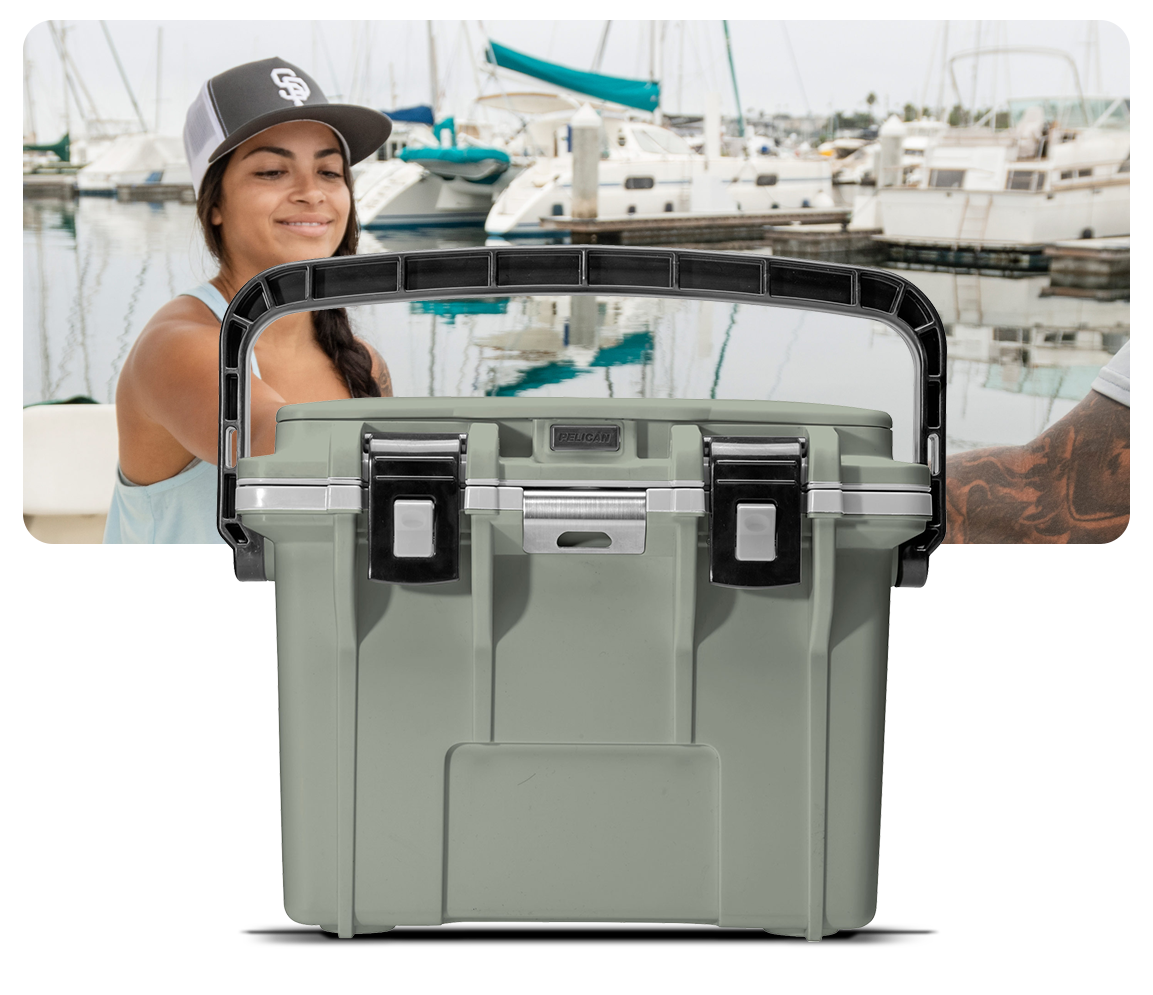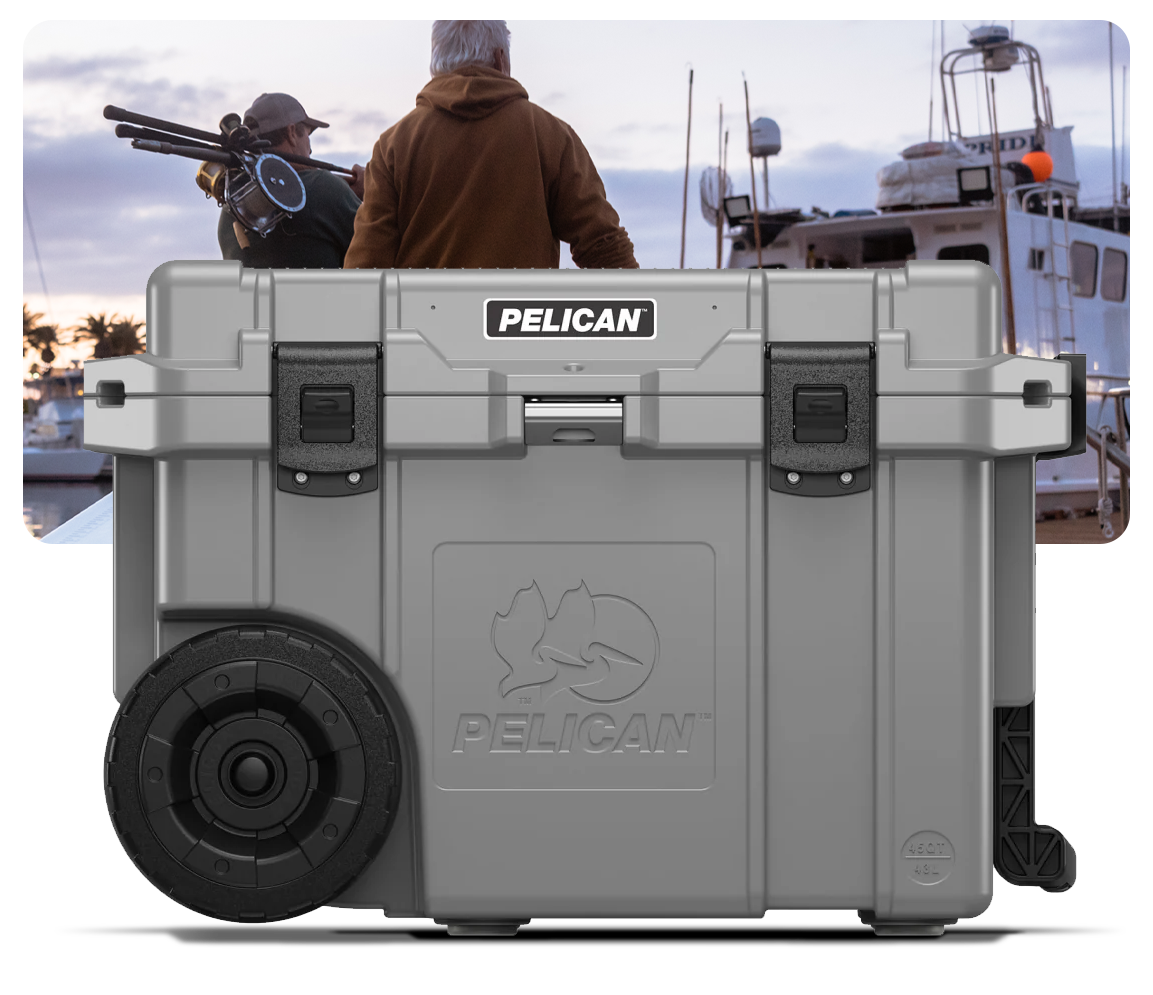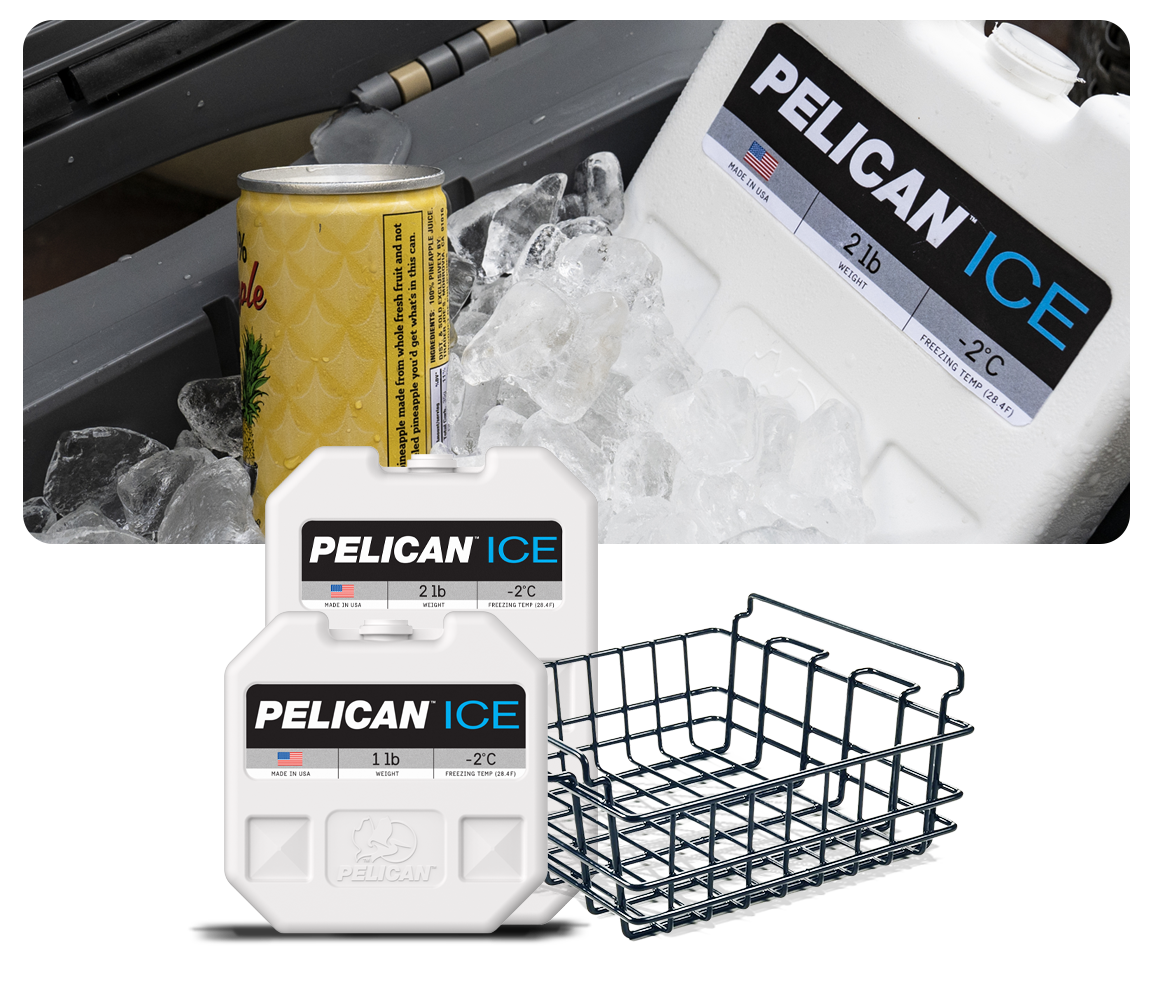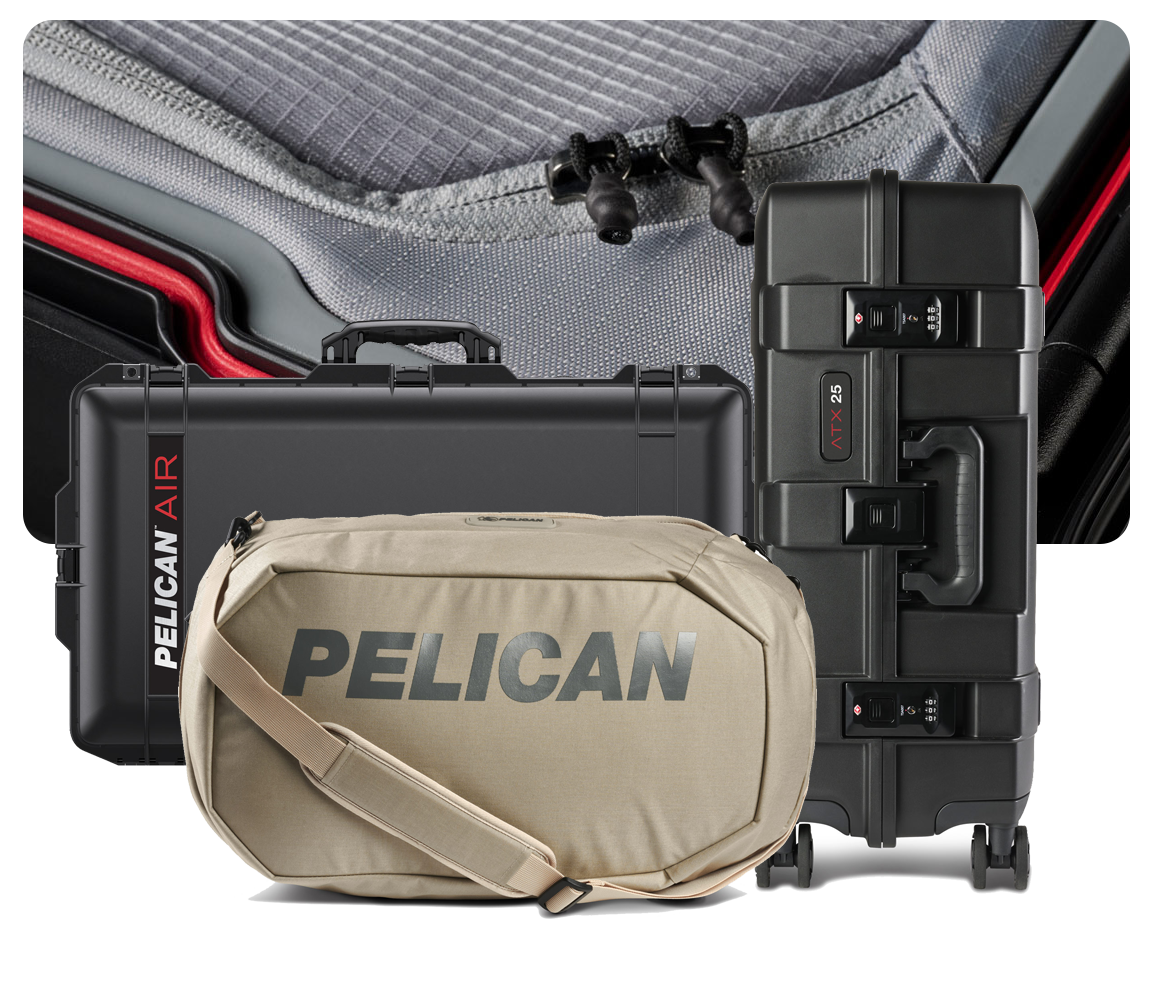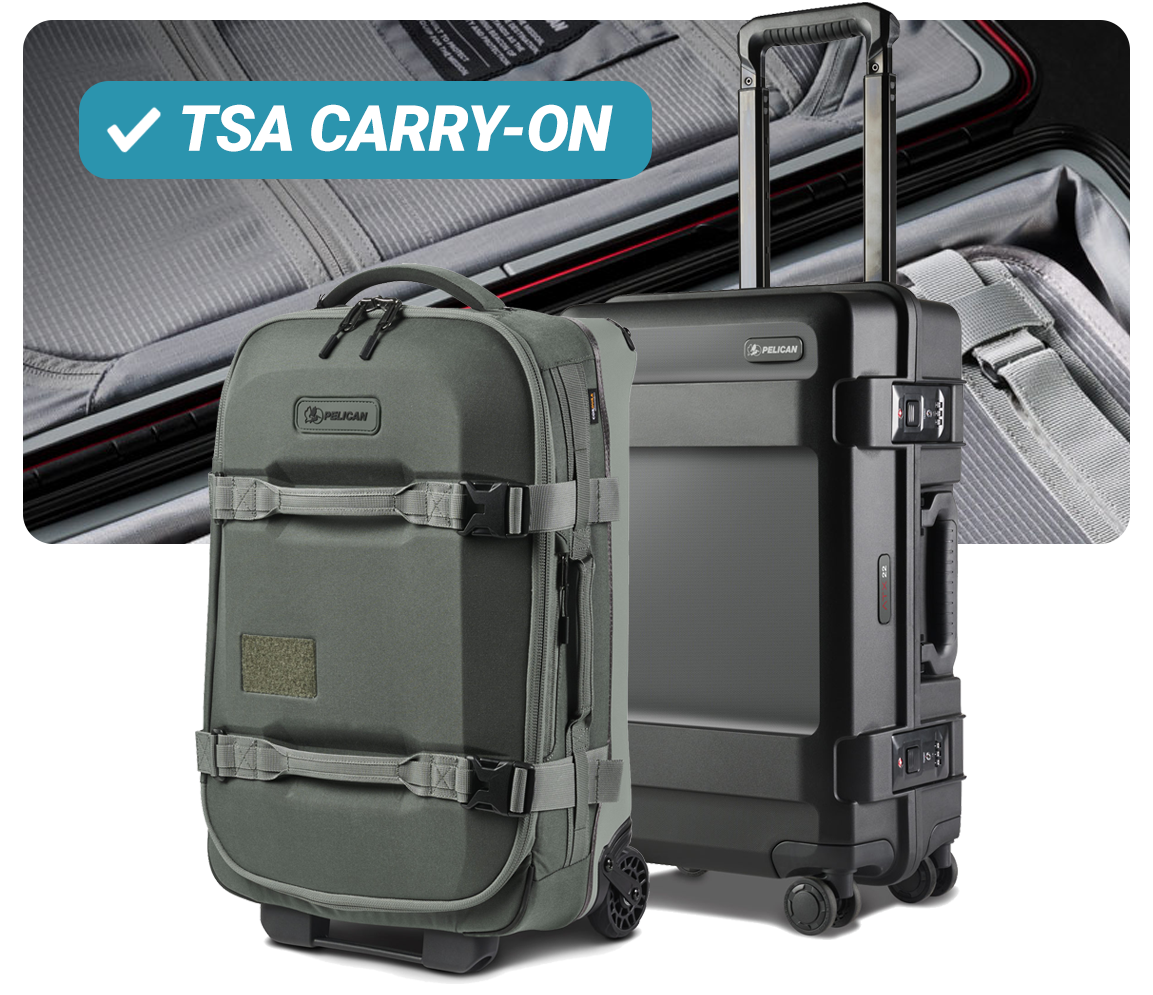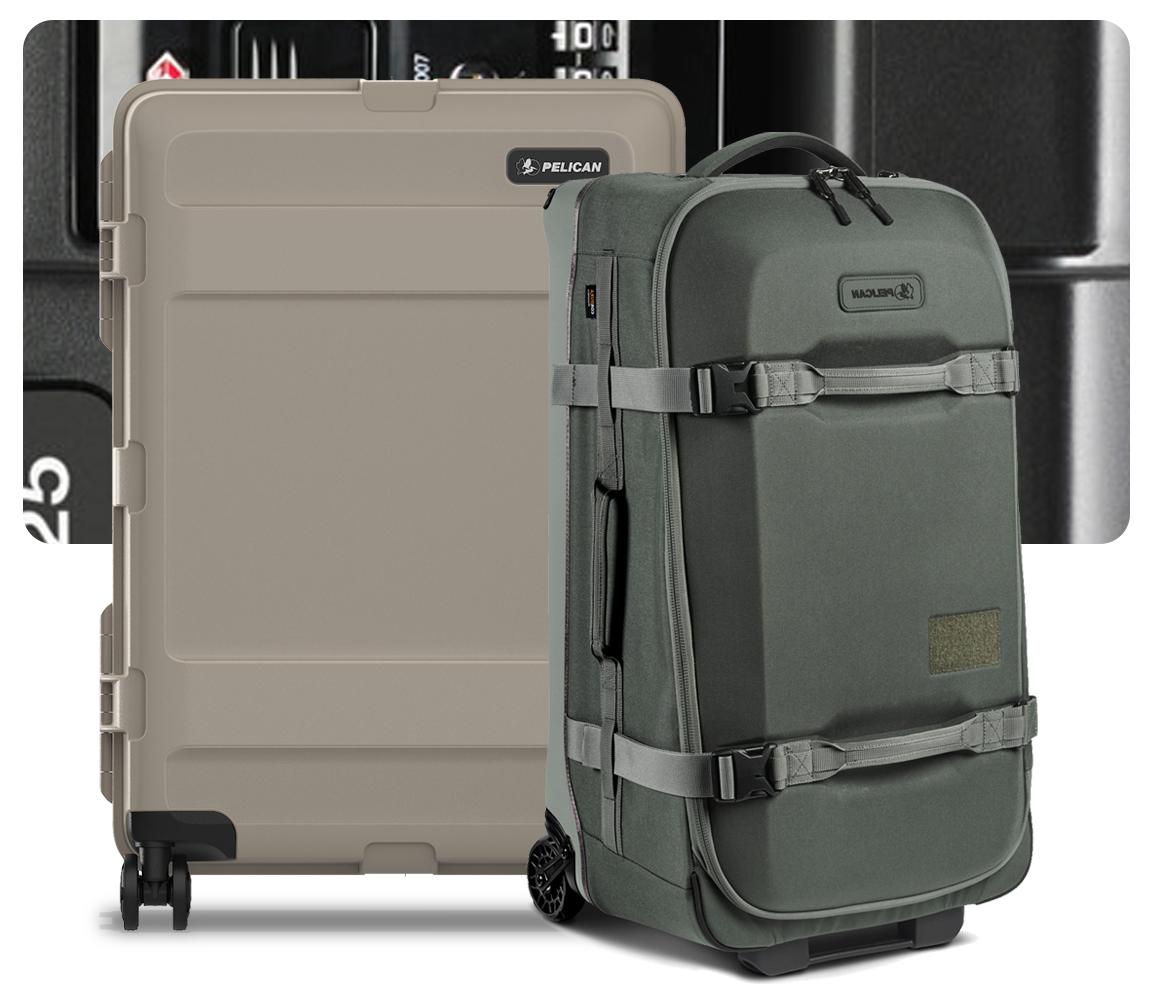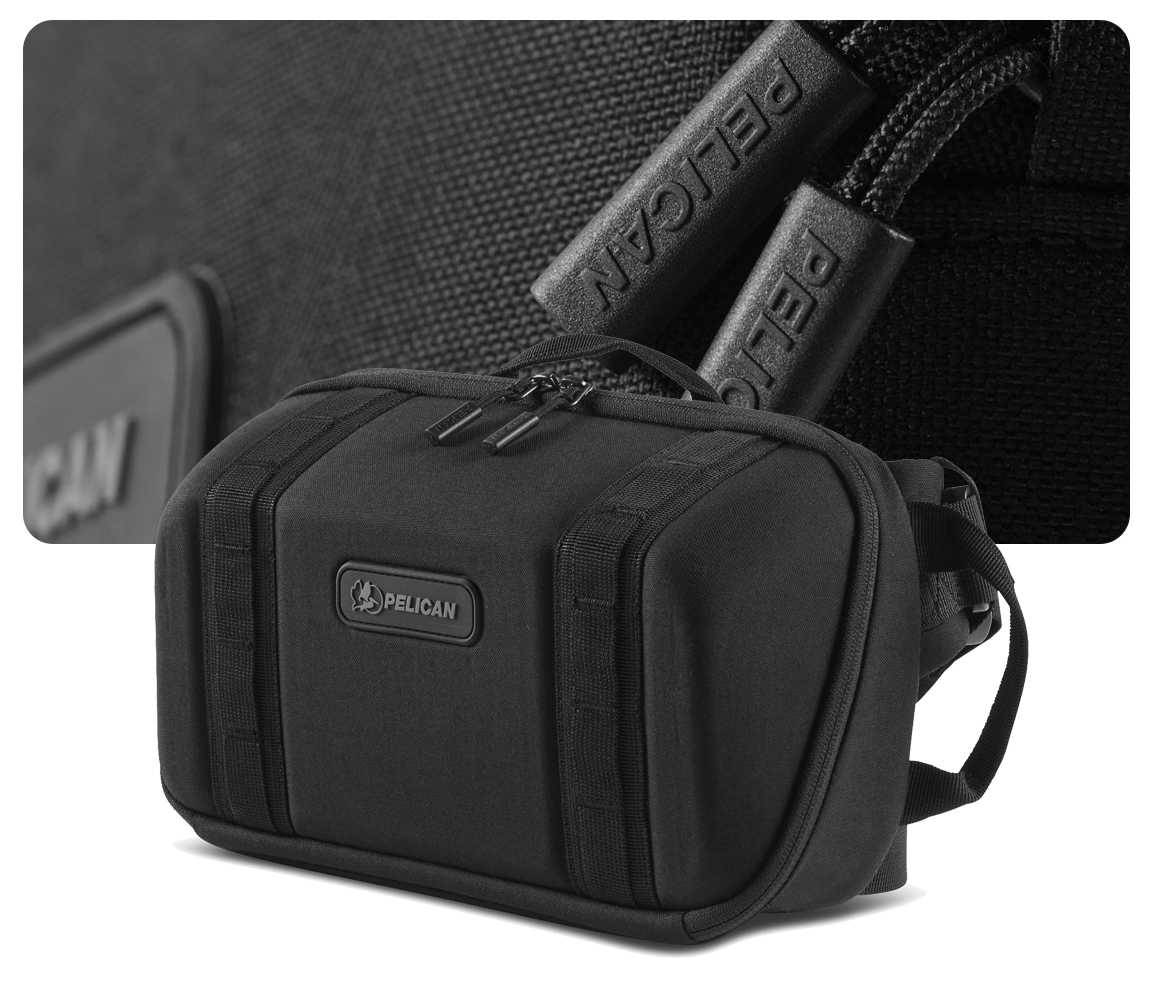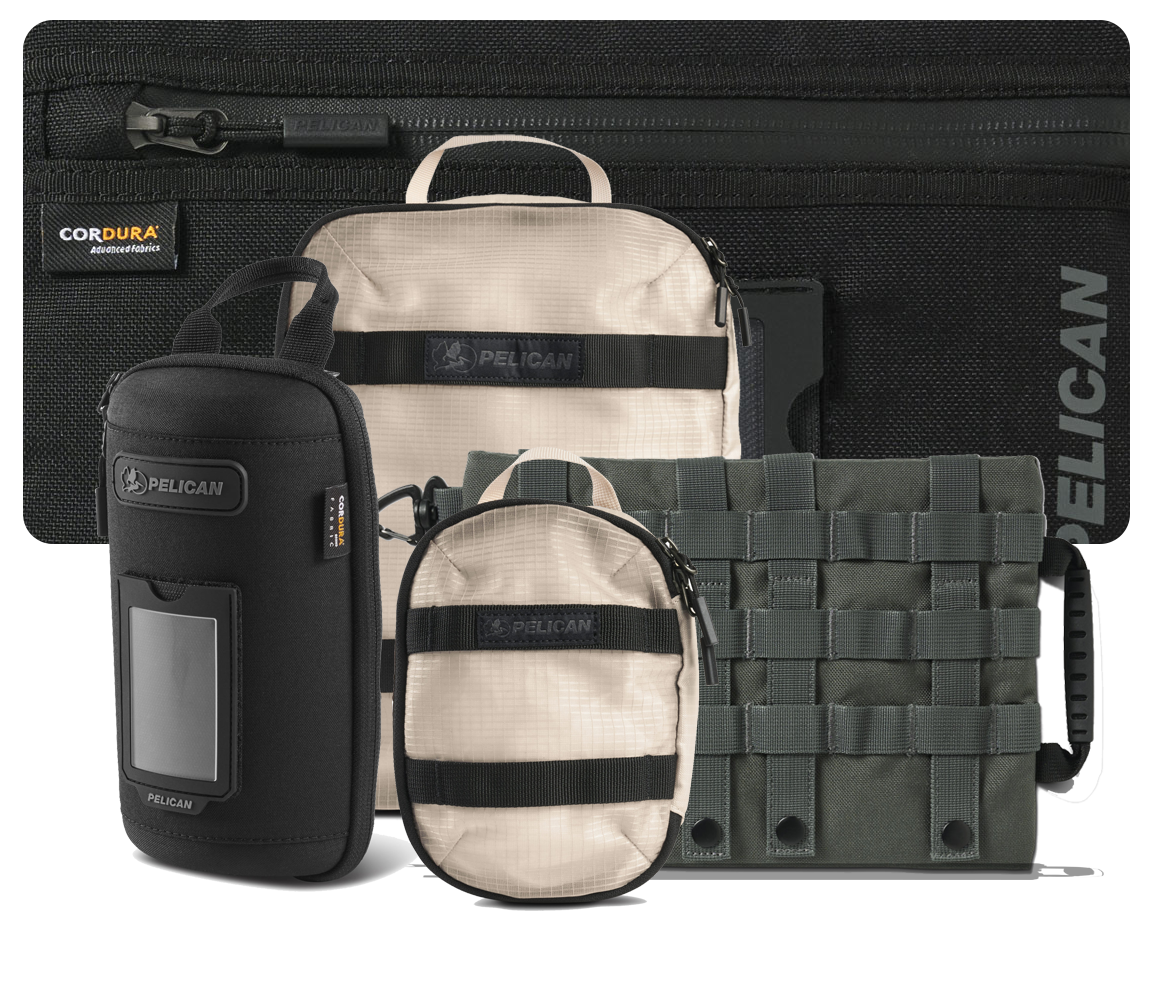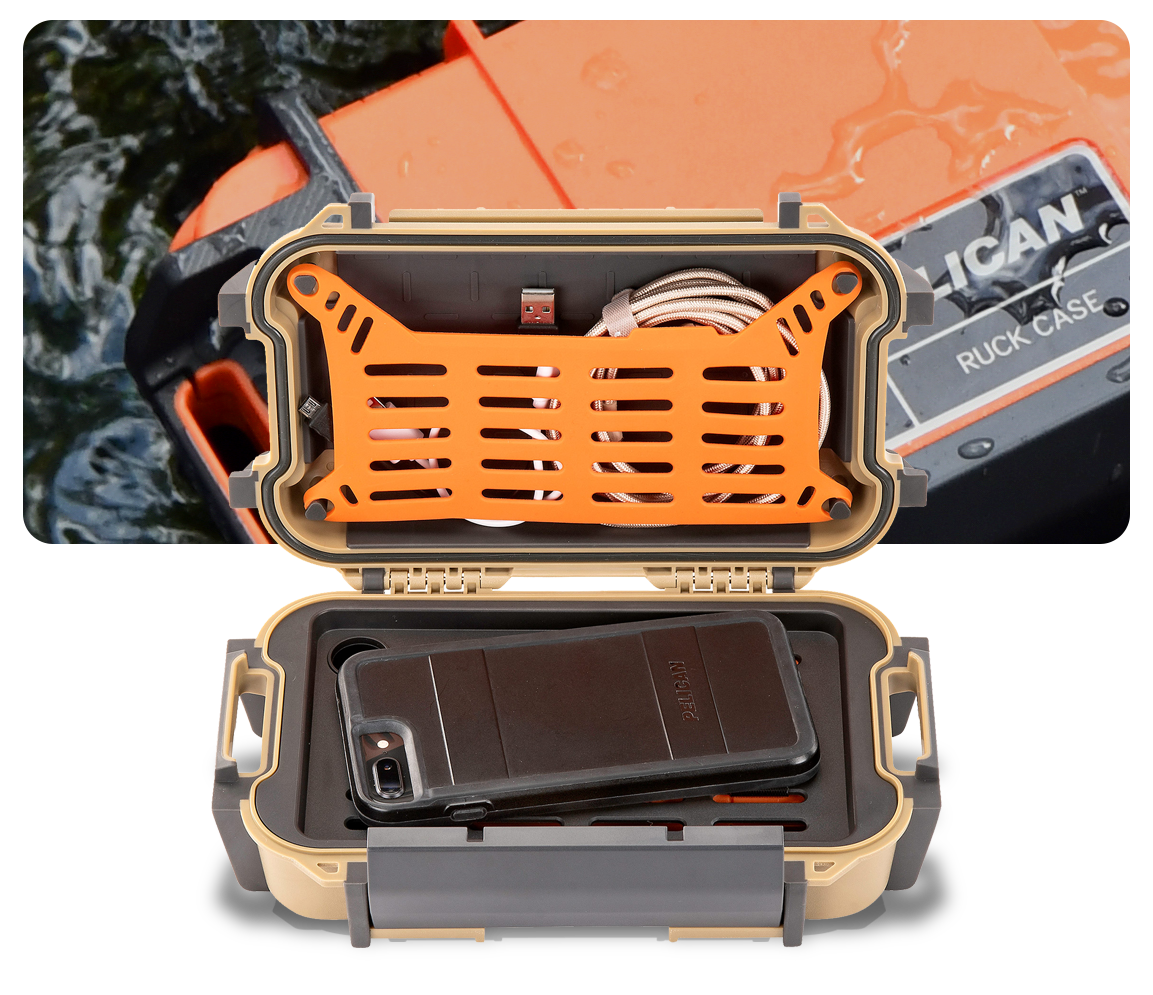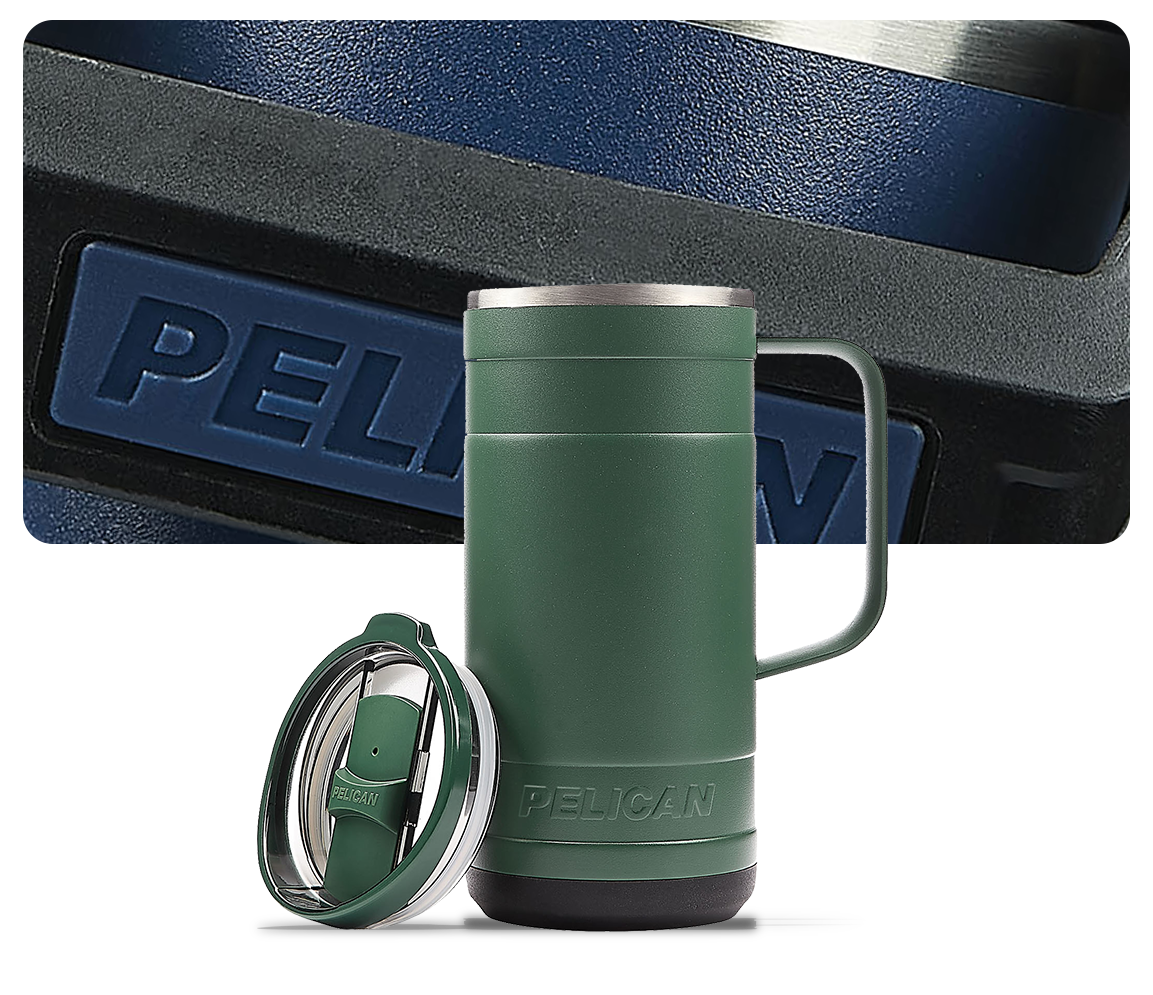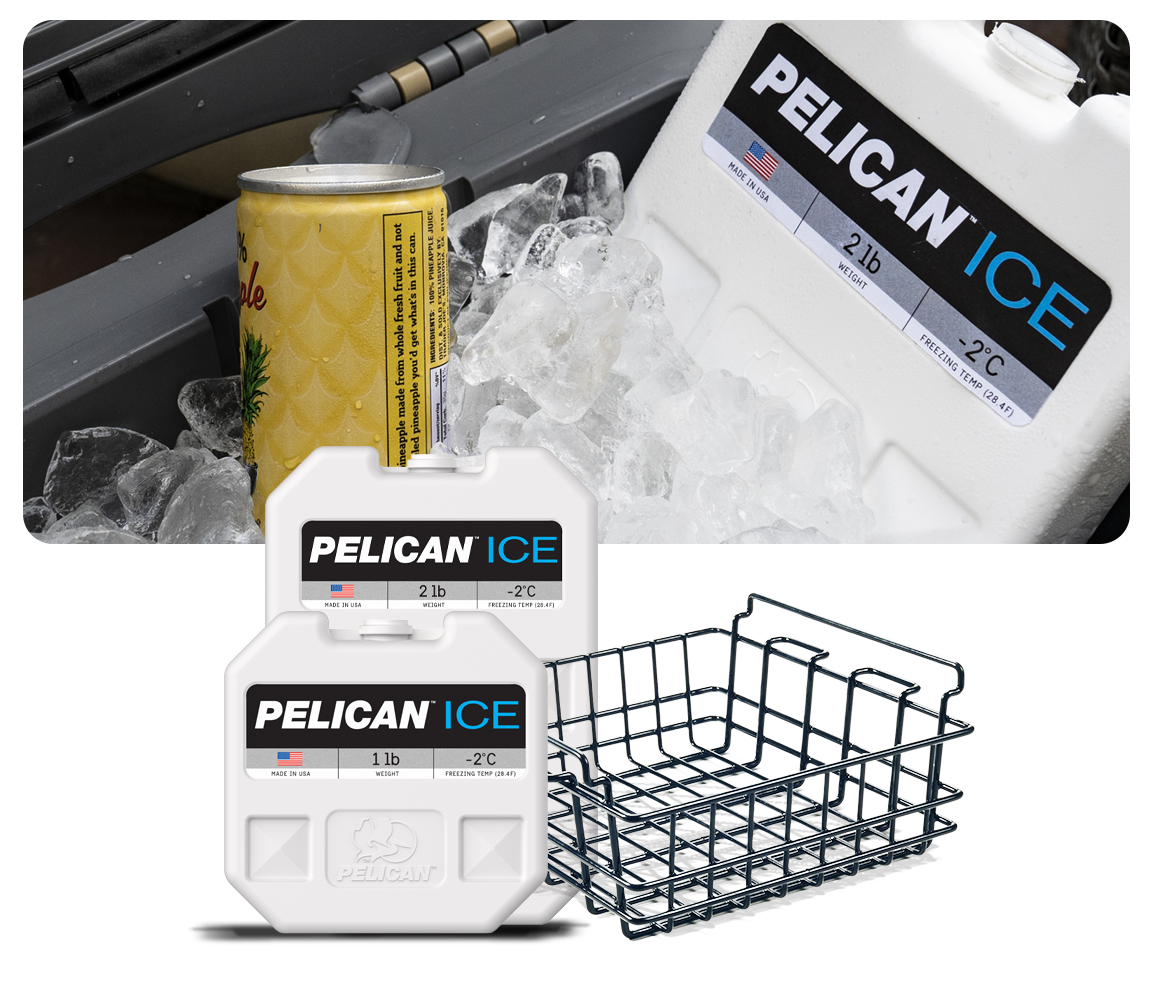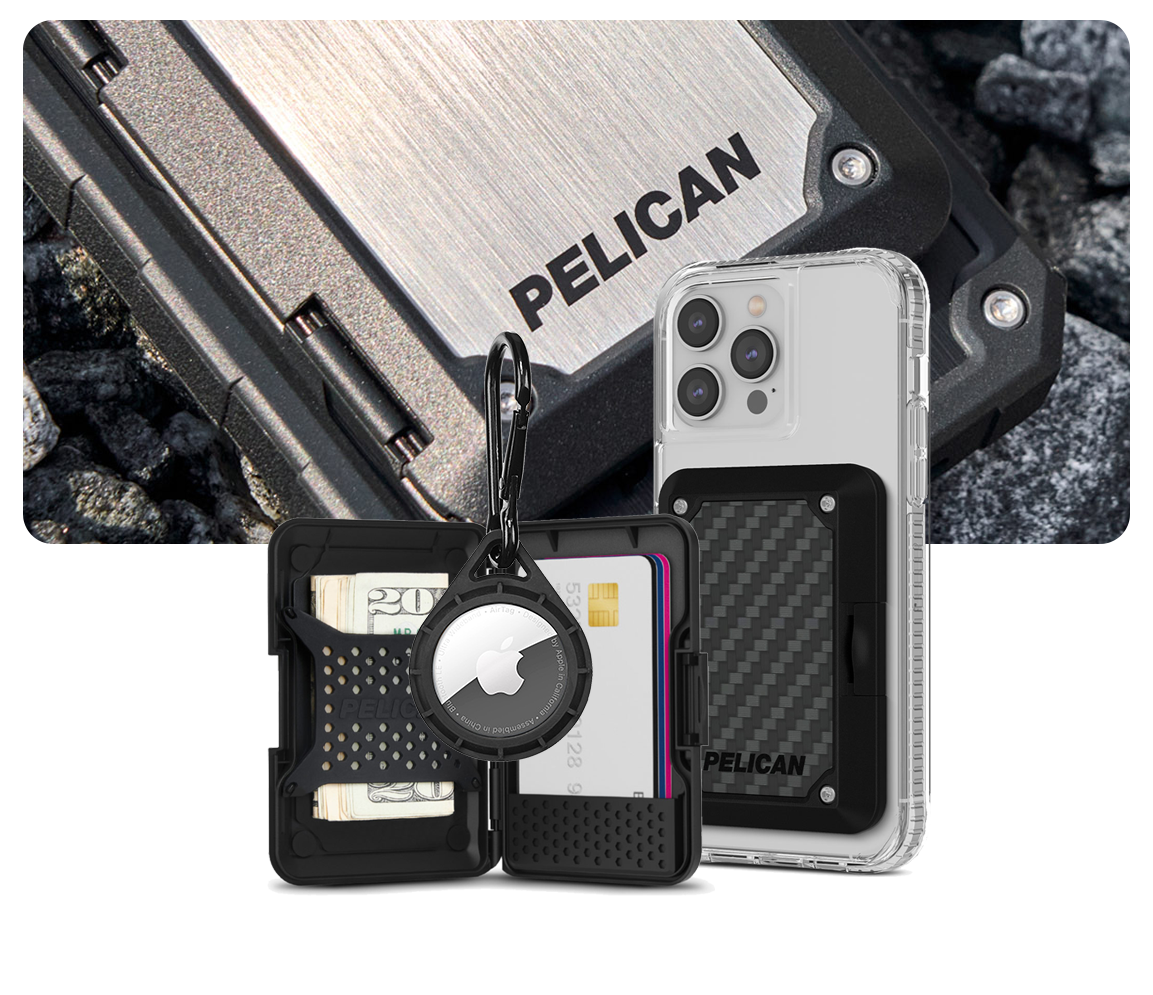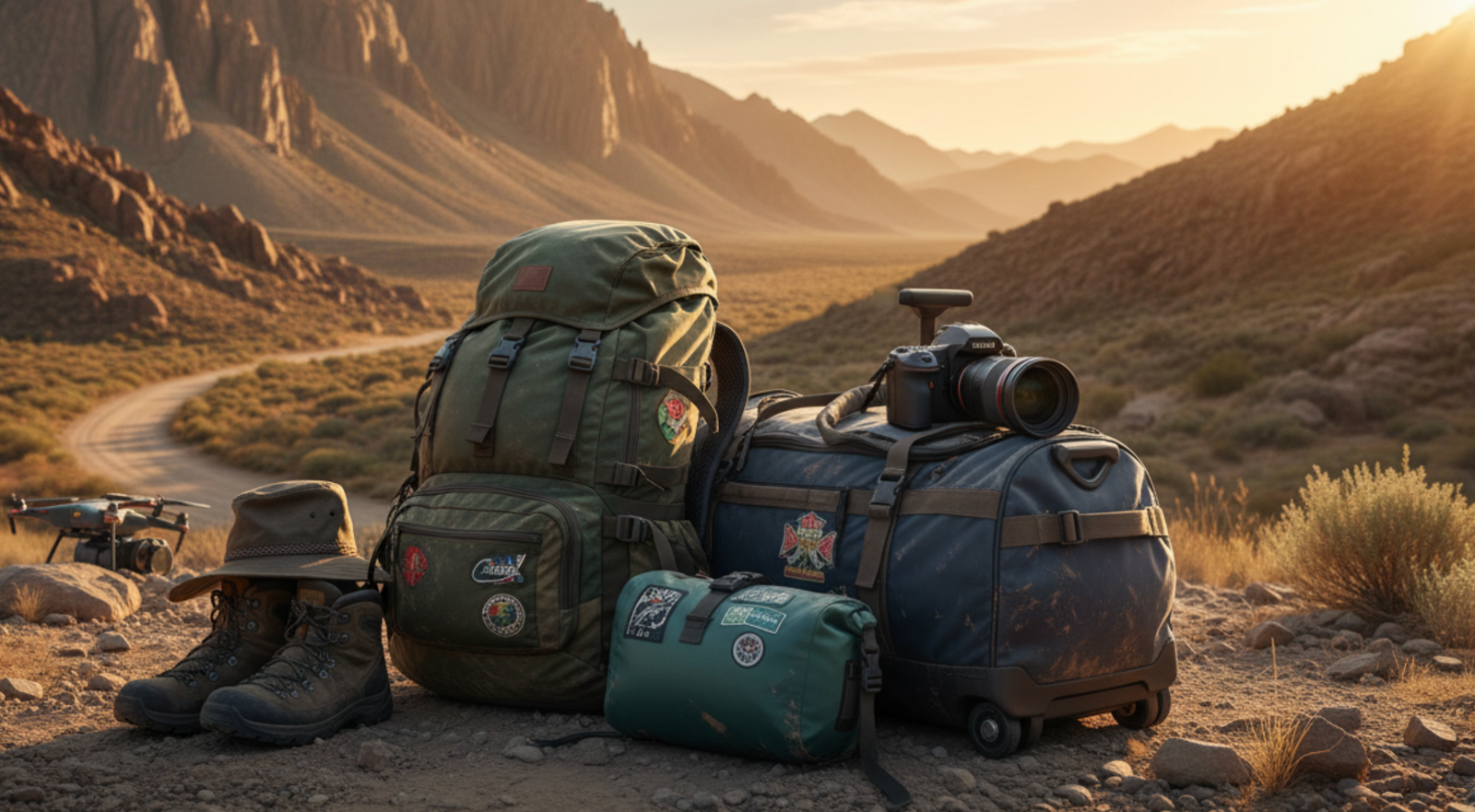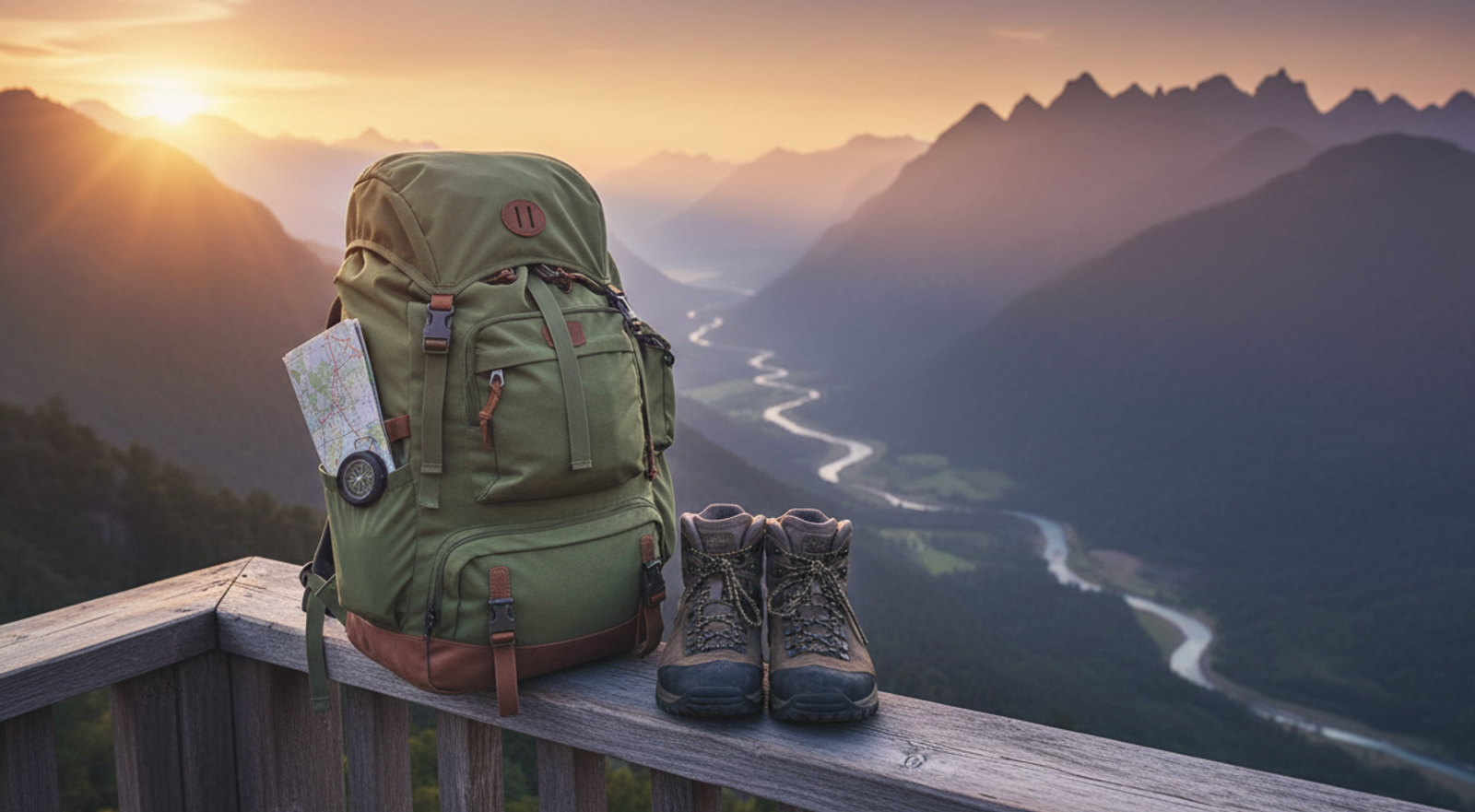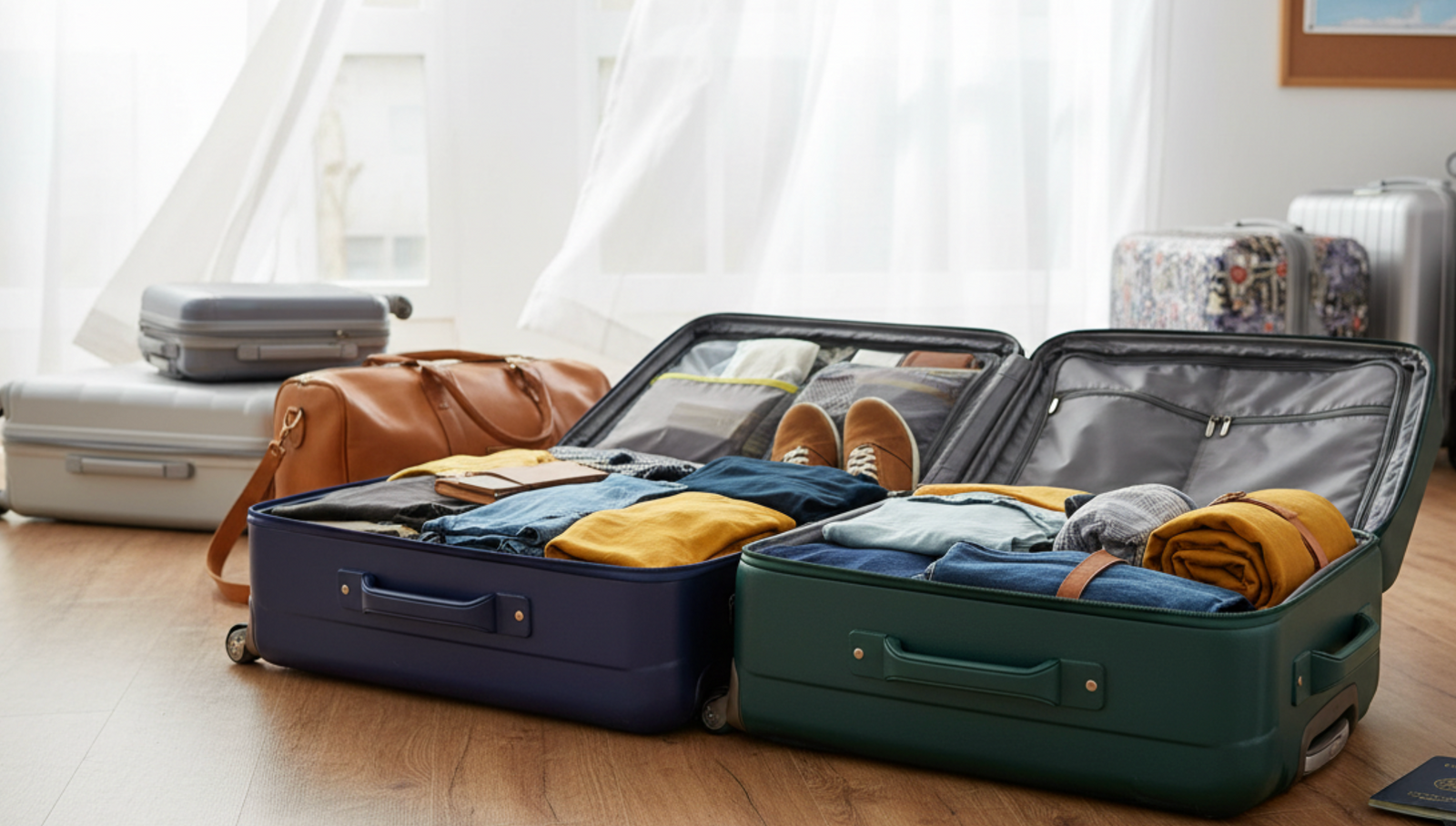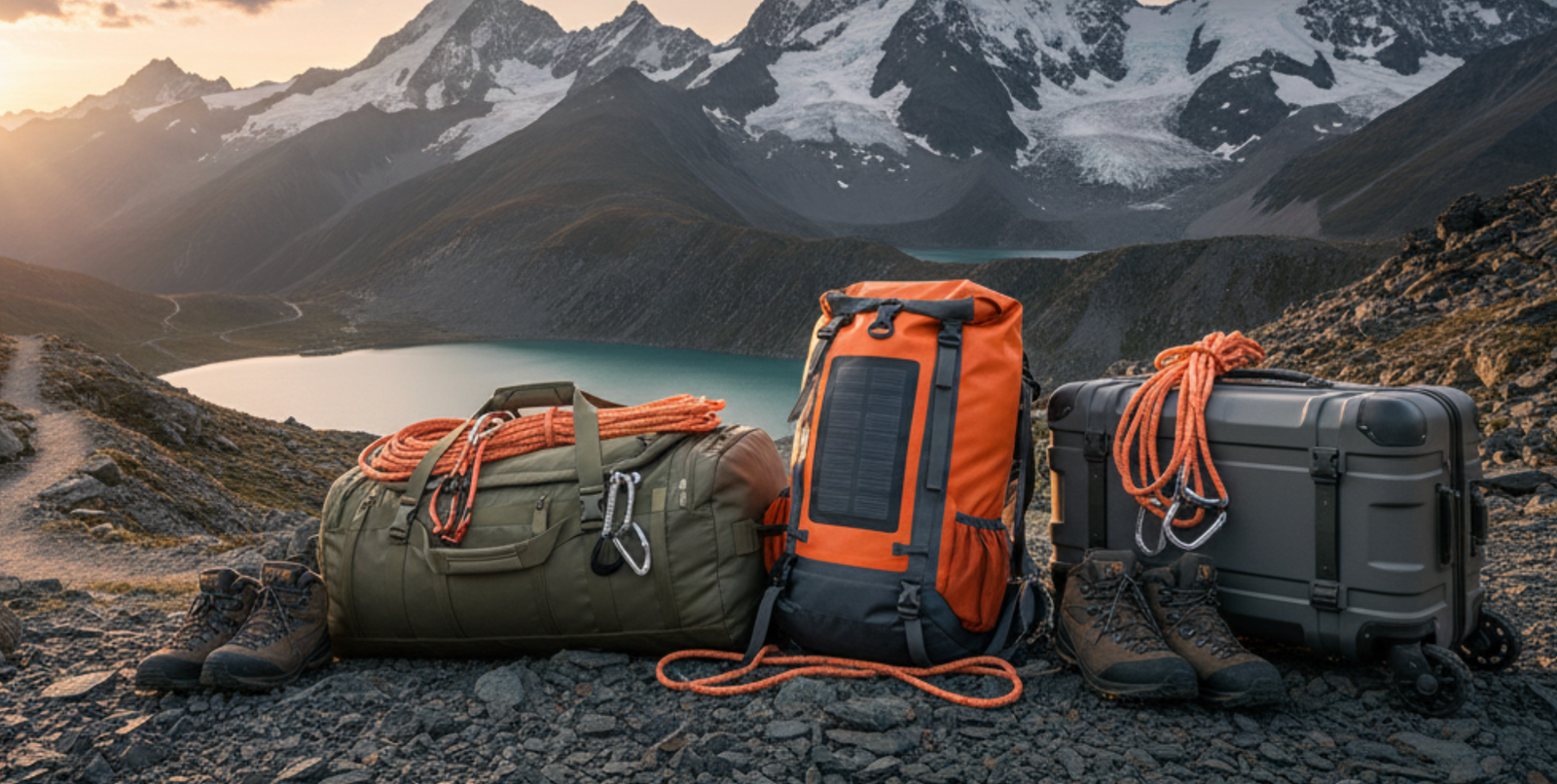Quick Summary / Key Takeaways
If you only remember 5 things from this guide, make it these:
-
Prioritize durability and weather resistance for any adventure, as conditions can change rapidly and unpredictably.
-
Understand the difference between backpacks, duffels, and wheeled luggage; choose based on terrain and carrying needs.
-
Size and weight restrictions are crucial for flights and treks, so pack efficiently and opt for lightweight materials.
-
Organizational features like compartments and external attachment points enhance accessibility and gear management.
-
Invest in quality; cheaper luggage often fails when most needed, costing more in the long run through repairs or replacements.

Introduction
Remember that exhilarating rush before an adventure? The crisp mountain air, the distant roar of a jungle, the promise of discovery. It's a dream that fuels the soul. But amidst the anticipation, a silent hero often goes unpraised: your adventure travel luggage. It's more than just a bag; it's your mobile command center, guardian of essentials, and often, your closest companion on rugged trails. I've seen countless trips derailed, not by rogue wildlife or impossible terrain, but by failing zippers, torn seams, or an utterly impractical design. A subpar bag isn't just an inconvenience; it can be a genuine detriment to safety and enjoyment. Imagine a downpour hitting your "water-resistant" bag only to find your sleeping bag soaked through—a memory I personally don't wish to relive. Choosing the right adventure luggage isn't about luxury; it's about preparation, resilience, and enabling the experiences you crave. It's about empowering you to focus on the journey, not the burden. This guide cuts through the marketing fluff to arm you with practical, battle-tested insights for selecting gear that truly lasts and performs.
Adventure Luggage Types Comparison
|
Type |
Best Use Case |
Key Benefit |
Consideration |
|
Backpack |
Trekking/Hiking |
Mobility on uneven terrain |
Access can be tricky |
|
Duffel Bag |
Expeditions/Carrying bulk |
High durability, simple form |
Less organized for small items |
|
Wheeled Duffel |
Multi-modal/Urban-adventure |
Easy transport on smooth paths |
Heavy, wheels can fail off-road |
|
Travel Pack |
Backpacking/Hostel-hopping |
Hybrid comfort & organization |
Often less weather-proof |
Essential Luggage Features for Tough Journeys
|
Feature |
Why It Matters |
Impact on Journey |
Durability Indicator |
|
Water Resistance |
Protects gear from elements |
Prevents critical item damage |
Treated fabrics, sealed zippers |
|
Reinforced Zippers |
Prevents blowouts, theft |
Secure contents, peace of mind |
YKK #10+, lockable pulls |
|
External Straps |
Compresses load, attaches gear |
Distributes weight, carries more |
Strong webbing, metal buckles |
|
Comfortable Harness |
Distributes weight evenly |
Reduces fatigue on long carries |
Padded shoulder/hip belts |
Contest Launch Checklist
-
Research destination-specific weather and terrain to inform luggage material choices.
-
Confirm all airline baggage size and weight restrictions for your itinerary.
-
Inventory your essential gear and choose a luggage system that accommodates it efficiently.
-
Perform a "test pack" to ensure comfort, balance, and accessibility before departure.
Post-Contest Follow-Up Checklist
-
Inspect luggage for wear, tear, and damage; note areas needing repair or reinforcement.
-
Clean and thoroughly dry all components to prevent mildew and material degradation.
-
Store luggage in a cool, dry place away from direct sunlight to preserve material integrity.
-
Evaluate performance: what worked well, what didn't, and plan for future upgrades or modifications.
Table of Contents
SECTION 1: CHOOSING THE RIGHT TYPE
1. What's the primary difference between a backpack and a duffel for adventure travel?
2. When should I consider a wheeled duffel over a traditional backpack?
3. Are dedicated travel packs a good option for multi-country adventure trips?
SECTION 2: MATERIAL & DURABILITY
4. Which materials offer the best durability and weather resistance for rugged journeys?
5. How important are zippers and seams in determining luggage longevity?
6. What features make luggage truly "waterproof" versus merely "water-resistant"?
7. Should I prioritize weight or durability in adventure luggage?
SECTION 3: PACKING & ORGANIZATION
8. What internal organization features are most valuable for adventure luggage?
9. How do external attachment points enhance an adventure traveler's experience?
10. What's the best way to pack heavy gear to maintain balance and comfort?
11. Are packing cubes genuinely useful for adventure travel?
SECTION 4: MAINTENANCE & LONGEVITY
12. How can I properly clean and maintain my adventure luggage after a trip?
13. What steps can I take to extend the lifespan of my high-performance bags?
SECTION 5: ADVANCED CONSIDERATIONS
14. How does airline baggage policy impact my adventure luggage choice?
15. What security features should I look for in adventure travel luggage?
Frequently Asked Questions
SECTION 1: CHOOSING THE RIGHT TYPE
FAQ 1: What's the primary difference between a backpack and a duffel for adventure travel?
The primary difference lies in carrying comfort and access: backpacks are designed for hands-free carrying over long distances with optimized weight distribution, while duffels prioritize capacity and robustness for bulkier gear, often carried by hand or shoulder.Backpacks typically have internal frames, padded straps, and hip belts for ergonomic support, making them ideal for trekking or hiking. Duffels, conversely, are simple, open compartments, excelling at transporting large volumes of gear that might be thrown into vehicles or strapped onto animals. I once hiked the Inca Trail with a duffel, and the shoulder pain was a stark reminder of the backpack's superior design for movement.
Real Results:For an Amazon jungle expedition, a 70L hiking backpack allowed a traveler to trek 10 miles comfortably, while a comparable 70L duffel would have been cumbersome, leading to reduced mobility and fatigue.
Takeaway:Choose a backpack for hands-free mobility on foot, and a duffel for transporting bulkier gear, especially when vehicles are involved.
FAQ 2: When should I consider a wheeled duffel over a traditional backpack?
You should consider a wheeled duffel when your adventure involves frequent transitions on relatively smooth surfaces like airports, train stations, or paved roads, minimizing the need to carry heavy loads on your back.Wheeled duffels combine the durability and large capacity of a duffel with the convenience of wheels, making them excellent for multi-modal travel or expeditions with base camps. They're not ideal for rough terrain, but for that dash across the terminal or the short walk to the hostel, they're a back-saver. My last rail trip through Europe was made infinitely easier by my wheeled duffel, effortlessly gliding between stations.
Real Results:A photographer on a safari trip opted for a wheeled duffel to transport heavy camera equipment between lodges, saving their back from carrying 30+ lbs, a task that would be strenuous with a traditional backpack.
Takeaway:Opt for a wheeled duffel for heavy loads and smooth transitions, reserving traditional backpacks for off-road trekking.
FAQ 3: Are dedicated travel packs a good option for multi-country adventure trips?
Yes, dedicated travel packs are an excellent option for multi-country adventure trips, as they blend the carrying comfort of a backpack with the organizational features and streamlined profile of traditional luggage.These packs often include stowable harness systems, full panel access like a suitcase, and multiple compartments, making them versatile for varying travel styles. They are designed to be comfortable enough for short walks with your gear but are also less prone to snagging during transit than traditional hiking packs. They're a smart compromise for travelers who mix city exploration with light outdoor activities.
Real Results:A backpacker on a three-month Southeast Asian journey found a 40L travel pack invaluable for navigating both bustling markets and short jungle treks, praising its accessible design and comfortable carry.
Takeaway:For mixed itineraries, a travel pack offers the best balance of comfort, organization, and transit-friendliness.
SECTION 2: MATERIAL & DURABILITY
FAQ 4: Which materials offer the best durability and weather resistance for rugged journeys?
For rugged journeys, materials like high-denier Cordura or ballistic nylon (1000D+) offer superior durability and abrasion resistance, while laminated fabrics like X-Pac provide excellent weather resistance and tear strength.These synthetic materials are chosen for their ability to withstand tearing, punctures, and harsh elements, often enhanced with DWR (Durable Water Repellent) coatings. For extreme conditions, materials like Hypalon are used for reinforcement due to their exceptional abrasion and chemical resistance. My old 1000D Cordura duffel has survived countless baggage handlers and rugged trails, proving its worth over a decade.
Real Results: Expedition teams frequently rely on 1680D ballistic nylon duffels, which demonstrate over 90% integrity retention after multiple trans-continental flights and mountain transfers, outperforming standard polyester bags.
Takeaway:Choose high-denier Cordura, ballistic nylon, or laminated fabrics for maximum durability and weather protection on rugged trips.
FAQ 5: How important are zippers and seams in determining luggage longevity?
Zippers and seams are critically important in determining luggage longevity, often being the first points of failure under stress, making their quality a non-negotiable factor for adventure travel.High-quality zippers, particularly YKK #8 or #10, are essential as they resist bursting when overpacked and offer smoother operation. Robust, double-stitched or bound seams prevent tearing at stress points, ensuring the bag holds its structure and contents securely. A strong fabric means little if the zippers fail, spilling your gear on a mountain pass – a truly frustrating experience.
Real Results:Analysis of returned adventure luggage shows that over 60% of product failures are attributed to zipper malfunctions or seam blowouts, highlighting their critical role in bag integrity.
Takeaway:Always inspect zippers (YKK #8/10 recommended) and seam construction (double-stitched/bound) for ultimate durability.
FAQ 6: What features make luggage truly "waterproof" versus merely "water-resistant"?
Truly "waterproof" luggage features fully sealed seams, waterproof zippers (like T-Zip), and often a roll-top closure, ensuring no water can penetrate, even when submerged, distinguishing it from "water-resistant" bags. Water-resistant luggage typically uses DWR-coated fabrics and water-repellent zippers, which can withstand light rain or splashes but will eventually soak through in heavy precipitation or submersion. If your adventure involves kayaking, canyoning, or monsoons, only fully waterproof options will protect sensitive electronics and crucial gear. I learned this the hard way when a sudden downpour turned my camera bag into a sponge.
Real Results: An independent test found that a "waterproof" dry bag with a roll-top and T-Zip remained bone-dry after 30 minutes submerged, whereas a "water-resistant" backpack showed significant internal dampness within 5 minutes of heavy rain simulation.
Takeaway:For full protection against water, choose bags with sealed seams, waterproof zippers, and roll-top closures; otherwise, expect only splash protection.
FAQ 7: Should I prioritize weight or durability in adventure luggage?
For most adventure travel, especially involving self-propulsion like hiking or kayaking, you should prioritize durability over minimal weight, as a broken bag can ruin a trip far more than a few extra ounces. While lightweight gear is appealing, excessively light materials often compromise structural integrity and abrasion resistance, leading to premature failure in demanding environments. There's a sweet spot, of course, but it's often better to carry a slightly heavier, reliable bag than a featherlight one that tears on its first outing. My philosophy: if it can't survive being tossed by a bush plane crew, it's not durable enough.
Real Results: Travelers who prioritized ultra-light packs (under 2 lbs for 60L+) reported a 30% higher incidence of material tears and zipper failures within the first year compared to those using durable, mid-weight packs (3-5 lbs for 60L+).
Takeaway:Choose durability first for adventure luggage to ensure reliability, accepting a slight weight penalty for peace of mind.
SECTION 3: PACKING & ORGANIZATION
FAQ 8: What internal organization features are most valuable for adventure luggage?
The most valuable internal organization features for adventure luggage include multiple compartments, zippered mesh pockets, and compression straps, which help segregate gear, prevent shifting, and maximize space.Separate sections for dirty clothes or shoes keep other items clean, while mesh pockets allow quick visibility and access to smaller essentials like toiletries or first-aid kits. Internal compression straps are crucial for stabilizing the load, especially in duffels or large backpacks, preventing items from jostling and creating an uncomfortable carry. Good organization saves time and reduces stress, preventing that frantic rummage for a headlamp in the dark.
Real Results:A survey of expedition leaders found that bags with at least three internal zippered pockets and integrated compression straps significantly reduced packing and unpacking time by an average of 15-20% per day.
Takeaway:Seek bags with internal compartments, mesh pockets, and compression straps for superior organization and load stability.
FAQ 9: How do external attachment points enhance an adventure traveler's experience?
External attachment points, such as daisy chains, gear loops, and adjustable straps, significantly enhance an adventure traveler's experience by allowing flexible carrying of bulky or wet items outside the main compartment.This is incredibly useful for gear like trekking poles, sleeping pads, ice axes, or even wet tents and muddy boots, preventing them from soiling internal items. They expand the bag's functional capacity without adding volume to the interior, making specialized gear easily accessible. I've often strapped a wet fly-fishing net to the outside of my pack, keeping my dry clothes pristine inside.
Real Results:Mountaineers using packs with robust external attachment points could carry an additional 5-10 lbs of specialized equipment (e.g., rope, helmet) without compromising internal packing space or pack balance.
Takeaway:Utilize external attachment points for bulky, wet, or frequently accessed gear to keep your main compartment clean and organized.
FAQ 10: What's the best way to pack heavy gear to maintain balance and comfort?
The best way to pack heavy gear is to position it closest to your back, ideally between your shoulder blades and hips, to maintain balance and comfort, especially in backpacks.Distributing weight evenly and centrally prevents the bag from pulling backward or swaying excessively, which can lead to fatigue and instability on uneven terrain. For lighter items, fill the bottom and top of the bag. This principle applies whether you're carrying a camera, water bladders, or even a can of beans – keep the densest items hugging your spine. I learned this vital lesson scrambling up a scree slope with a poorly packed bag; it felt like wrestling an octopus.
Real Results:A study on backpack load distribution showed that positioning heavy items centrally and against the back reduced perceived exertion by 15% and improved postural stability by 20% compared to bottom-heavy or top-heavy packing.
Takeaway:Pack heavy gear close to your back and center of gravity to optimize comfort and stability during transit.
FAQ 11: Are packing cubes genuinely useful for adventure travel?
Yes, packing cubes are genuinely useful for adventure travel, providing unparalleled organization, compressing clothing, and simplifying access to specific items, especially in larger duffels or top-loading backpacks.They allow you to categorize your gear (e.g., base layers, outer layers, toiletries), making it easy to find what you need without rummaging through your entire bag. Furthermore, they can help compress clothing, freeing up valuable space, and act as makeshift drawers when living out of your bag. I consider them non-negotiable for multi-stop trips, transforming chaos into calm.
Real Results:Travelers who utilized packing cubes reported reducing their packing time by 25% and could consistently locate specific items within 30 seconds, even in large 70L bags, compared to unorganized packing methods.
Takeaway:Employ packing cubes to categorize, compress, and quickly access items, streamlining your adventure packing and unpacking.
SECTION 4: MAINTENANCE & LONGEVITY
FAQ 12: How can I properly clean and maintain my adventure luggage after a trip?
To properly clean and maintain your adventure luggage, empty it completely, brush off loose dirt, then hand wash with mild soap and cool water, paying attention to zippers and straps, before air-drying thoroughly.Avoid harsh chemicals, bleach, or machine washing, as these can degrade fabric coatings and materials. For zippers, use a small brush to remove grit and apply a silicone-based lubricant to keep them running smoothly. Proper drying, away from direct sunlight, is crucial to prevent mildew, which can destroy fabrics and create lasting odors. My rule: never put a dirty, damp bag away.
Real Results:Regular cleaning and maintenance, including drying and zipper lubrication, can extend the functional lifespan of high-end adventure luggage by 3-5 years compared to bags neglected after each trip.
Takeaway:Clean bags with mild soap, air dry completely, and lubricate zippers post-trip to ensure longevity.
FAQ 13: What steps can I take to extend the lifespan of my high-performance bags?
To extend the lifespan of your high-performance bags, practice proper packing to avoid overstressing seams, use appropriate carrying methods, and store them correctly in a cool, dry place away from direct sunlight.Regularly inspect for minor tears or fraying and address them promptly with fabric glue or patch kits before they worsen. Avoid dragging bags unnecessarily, especially those without reinforced bottoms, and always use the designated carry handles or harness system. Think of your bag as a valuable tool; consistent care means consistent performance, like maintaining a trusty outdoor knife.
Real Results: Expedition guides who consistently followed maintenance protocols for their packs reported less than 5% bag failure rates over five years, significantly lower than the industry average of 15-20% for heavily used gear.
Takeaway:Extend bag life by packing wisely, repairing promptly, and storing properly to protect materials and structural integrity.
SECTION 5: ADVANCED CONSIDERATIONS
FAQ 14: How does airline baggage policy impact my adventure luggage choice?
Airline baggage policy significantly impacts your adventure luggage choice by dictating maximum dimensions and weight limits for both checked and carry-on bags, directly influencing your packing strategy and bag selection.Exceeding these limits often results in hefty overweight or oversized fees, which can quickly add up, especially on multi-leg journeys. Always check the specific airline's policy for each flight segment, as restrictions can vary dramatically between carriers and international routes. I've personally seen folks pay more for their bag than their ticket – a costly lesson in pre-trip planning.
Real Results:Travelers who failed to check airline baggage policies incurred an average of $150-$200 in unexpected fees per international flight, primarily due to oversized or overweight adventure luggage.
Takeaway:Always verify airline baggage dimensions and weight limits to avoid costly fees and ensure your adventure luggage complies.
FAQ 15: What security features should I look for in adventure travel luggage?
For adventure travel luggage, look for security features like lockable zippers (self-repairing YKK with large pulls), cut-resistant fabrics or internal mesh, and hidden pockets to protect your valuables.Lockable zippers allow you to secure the main compartments with a TSA-approved lock, deterring opportunistic theft. Some bags integrate steel mesh into the fabric or employ cut-resistant straps, making it harder for thieves to slash and grab contents. Hidden pockets are invaluable for safeguarding passports, emergency cash, or credit cards away from plain sight. While no bag is impenetrable, these features provide crucial layers of deterrence. I never travel without a cable lock for my main bag and a hidden pocket for critical documents.
Real Results:Adventure travelers using luggage with lockable zippers and cut-resistant features reported a 70% lower incidence of theft attempts or successful pilfering compared to those with standard, unsecured bags.
Takeaway:Prioritize lockable zippers, cut-resistant materials, and hidden pockets to enhance the security of your adventure luggage.

